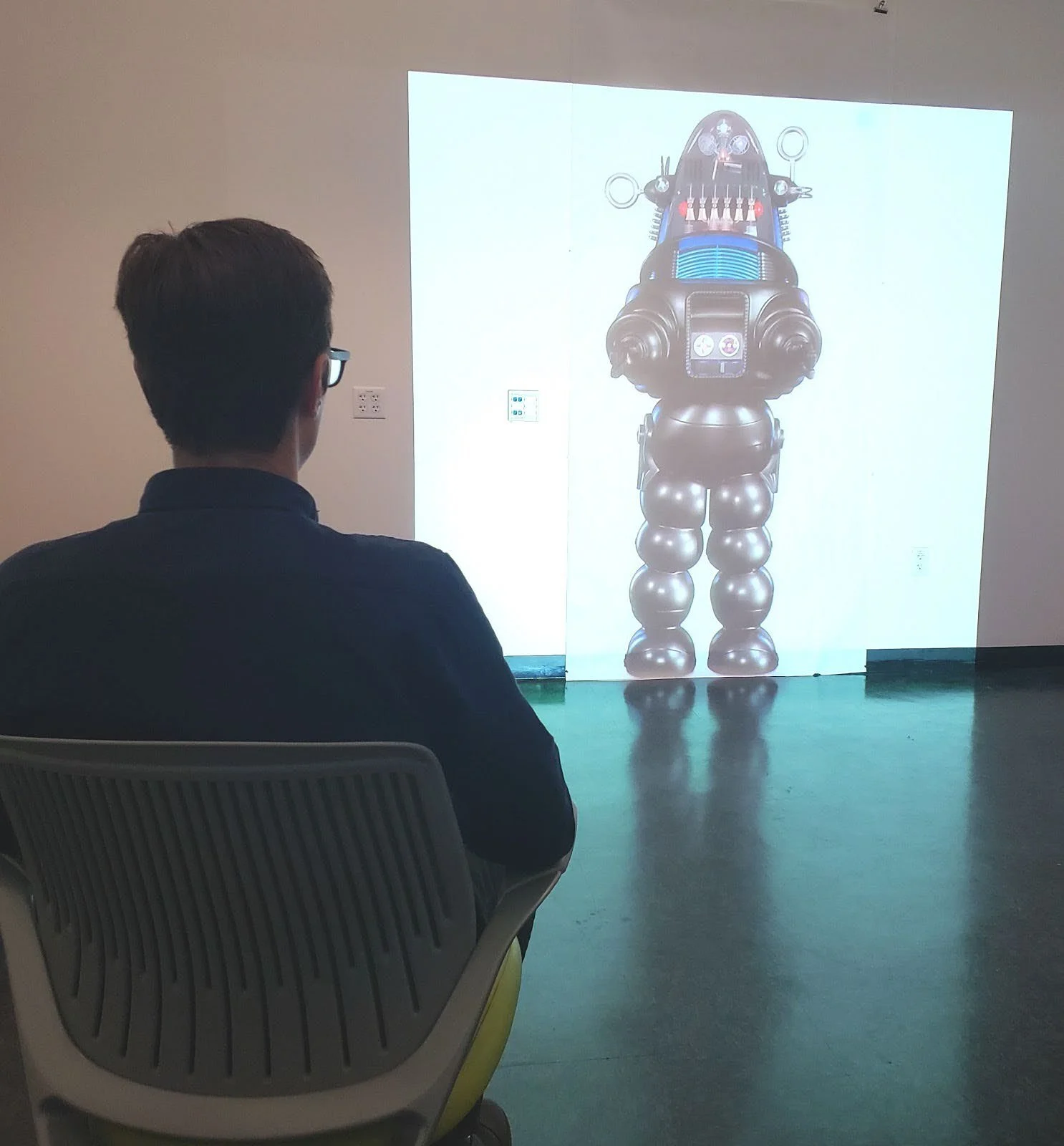Understanding Cultural Perceptions of Robots
Overview
This research investigates how cultural origins shape human perceptions of robots, examining whether individuals prefer robots that originate from their own cultural backgrounds and how fictional and real-life robot designs influence these perceptions. Through an iterative research design, we sought to uncover nuanced insights into the intersection of cultural identity and robotic design.
Research Process & Methodology
Phase 1: Qualitative Pilot Study
Before developing a large-scale study, we conducted a pilot study to explore initial reactions to robots of varying cultural origins. Participants from Eastern (n=3) and Western (n=5) cultural backgrounds were shown 14 robot images and asked to share their thoughts. This qualitative data revealed emergent themes, such as:
Discomfort associated with specific robot designs
Assumptions about robot roles based on visual presentation
Differing rationales for negative or positive perceptions between cultural groups
This initial study helped refine our hypotheses and develop structured experimental conditions for the next phase.
Phase 2: Controlled Experiment with Life-Sized Stimuli
Building upon our pilot findings, we designed a structured experimental study with a larger participant pool (N=60) to quantitatively examine:
The impact of cultural matching between participant identity and robot design origin
Differences in perception between real and fictional robots
Variability in trust, safety perception, and task acceptability for different robot types
To address limitations in previous studies, we presented robot images in life-size projections on a neutral background, ensuring consistency across conditions. Participants were exposed to one of four conditions: Eastern real robots, Western real robots, Eastern fictional robots, or Western fictional robots. Each session included structured Likert-scale surveys and open-ended qualitative responses.
Key Findings
No Cultural Matching Effect
Contrary to expectations, participants did not necessarily prefer robots from their own cultural backgrounds. This finding challenges assumptions about cultural affinity in robotic design and suggests that other factors, such as aesthetic elements or task appropriateness, may play a stronger role in shaping perceptions.
Preference for Eastern Robots
A significant trend emerged where participants reported feeling safer around and more comfortable interacting with Eastern-designed robots compared to Western ones. Notably, they were more willing to shake hands with Eastern robots (M=5.29) than Western robots (M=4.41). This raises questions about underlying design philosophies and potential implicit cultural transmission through robotic aesthetics.
Fictional vs. Real Robots
Surprisingly, participants showed minimal distinction between fictional and real robots, with only a slight trend indicating higher willingness to apologize to fictional robots after accidental contact. This suggests that science fiction heavily influences real-world perceptions of robotics, potentially blurring the lines between imagined and actual technological capabilities.
Emerging Qualitative Themes
From the open-ended responses, three dominant concerns emerged:
Rules for Robot Assistance – Participants had strong opinions about acceptable and unacceptable robotic roles, preferring robots for mundane, repetitive, or dangerous tasks but expressing resistance to their use in social, medical, or high-stakes professions.
Societal Impacts – Concerns about economic displacement, over-reliance on robots, and ethical considerations around robotic autonomy and decision-making were prevalent.
Fear of Robots Becoming Dominant – Many participants referenced science fiction narratives about robots overtaking humanity, revealing a deep-seated cultural anxiety about AI and automation.
Future Directions
This study raises critical questions about how cultural design influences robotic adoption and trust. Moving forward, further research should:
Investigate specific design elements contributing to perceived safety and comfort
Explore the role of media exposure in shaping public attitudes toward robotics
Develop adaptive robotic systems that account for cultural variability in human-robot interaction
By refining our understanding of cultural influences in robotics, we can move toward more universally accepted and ethically designed robotic systems that align with human expectations across diverse communities.
Robot images for REAL vs FICTIONAL and WESTERN vs EASTERN designs.
Participants viewed life size projections of robots and rated them on a survey.

